
This story begins with one Richard Schuler of the gun-making firm August Schuler Waffenfabrik in Suhl, Germany. Richard had interest in big-bore cartridges for African game. He developed the 11.2x60mm (1904), 11.2x72mm (1906) and the 12.7x70mm (mid-1920s). All were intended to use an inexpensive standard length Mauser M98 action with a modified magazine box, action rails, and in the case of the 12.7mm, a larger diameter bolt face recess. All used cases have rebated rims (rim smaller in diameter than case body). Schuler even patented the idea.
The earliest mention of the 12.7x70mm is in a German shooting magazine of March 1927. It gives load data as (English translation), “…bullet weight 530.86 grains, a powder charge of 115.74 grains, flake powder No. 5. Velocity at 25 meters is 2,460.6 feet per second with a result of 7,131.8 foot pounds energy!” All pre-World War II ammunition appears to have been made by G.C. Dornheim in Suhl, Germany, under its trade name GECADO.
Quite surprisingly, the English firm W.J. Jeffery & Co., Ltd., then announced its 1928 Model .500 Magazine Rifle, which was simply a 12.7x70mm renamed .500 Jeffery and built on a magnum size Mauser action, thus eliminating modifications to a standard action. Jeffery, however, was more an assembler and finisher than builder. Records show actions and barrels for the .500s came from Germany, with H. Leonard of Birmingham making 21 rifles and George Gibbs three more.
This story is from the August - September 2021 edition of Handloader.
Start your 7-day Magzter GOLD free trial to access thousands of curated premium stories, and 8,500+ magazines and newspapers.
Already a subscriber ? Sign In
This story is from the August - September 2021 edition of Handloader.
Start your 7-day Magzter GOLD free trial to access thousands of curated premium stories, and 8,500+ magazines and newspapers.
Already a subscriber? Sign In
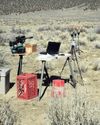
OEHLER's New System 89 Chronograph
Measuring Bullet Performance Downrange
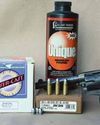
The Problem with Low Pressure Loads
Bullets & Brass
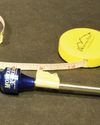
Measurements for Rifle Handloading
Handy Techniques for Accurate Ammunition
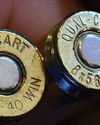
THE BRASS RING
In Range
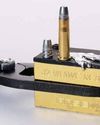
Semi-custom Bullet Moulds
Mike's Shoot in' Shack
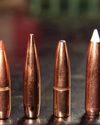
REVISITING THE 6.5 -06 A-SQUARE
Loading New Bullets and Powders
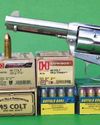
Cimarron Stainless Frontier .45 Colt
From the Hip
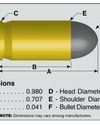
9x18mm Makarov
Cartridge Board
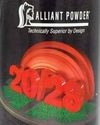
Alliant 20/28
Propellant Profiles
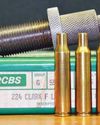
.224 Clark
Wildcat Cartridges